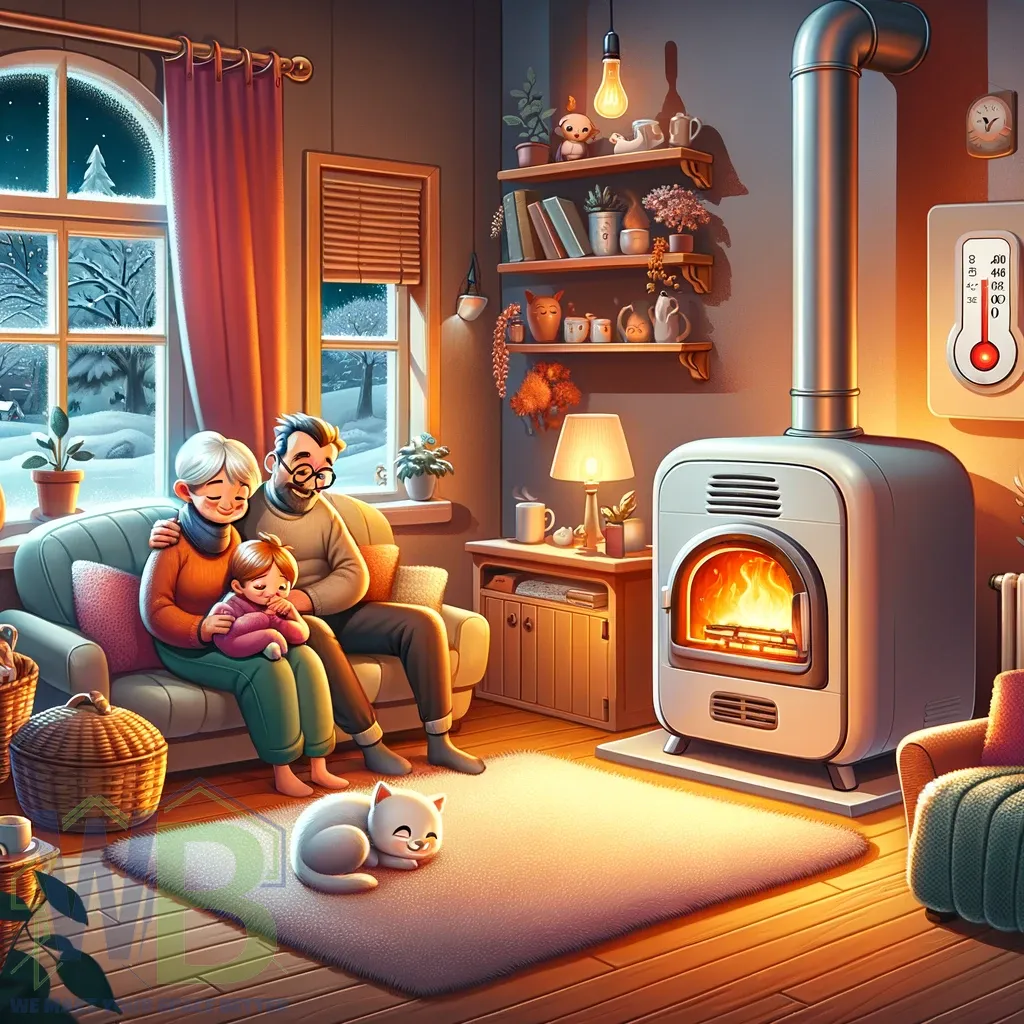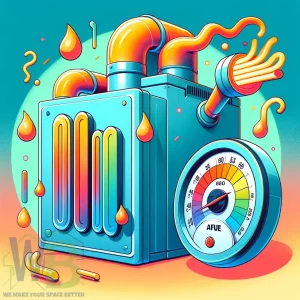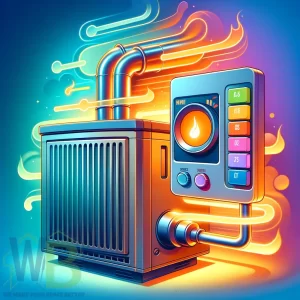It’s best to turn on your home’s furnace when it gets colder inside than what feels comfortable, usually below 68°F.
Knowing the best temperature for your house helps you decide when to start using the furnace in the colder months.

Quick Summary
| Key Aspect | Details |
|---|---|
| Ideal Indoor Temperature | 68°F for comfort; adjust for health and personal needs |
| Timing | Start when indoor temperature consistently falls below comfort level |
| Energy Efficiency | Use energy-saving practices; maintain furnace efficiency |
| Maintenance | Annual professional inspections; regular filter changes |
| Health and Comfort | Adjust for vulnerable populations; balance with energy conservation |
| Programmable Thermostats | Use for customized temperature control and energy savings |
Overview of the Importance of Timing When Turning on Your Furnace
Turning on your furnace at the right moment is crucial for several reasons:
- Comfort and Health: It’s important to keep your home at a comfortable and healthy temperature. This is especially true for kids, older people, or anyone with health problems.
- Energy Efficiency: Proper timing can lead to significant energy savings and lower utility bills.
- Maintenance and Longevity: Only using your furnace when needed can help it last longer and reduce the need for many repairs.
Recommended Article: What is An HVAC System?
Understanding the Ideal Indoor Temperature
Knowing what temperature is ideal for your home is essential to deciding when to turn on your furnace. This varies based on personal preference, but generally, the following guidelines can help:
- Standard Comfort Range: Most people find a temperature between 68°F and 72°F comfortable.
- Health Considerations: For older adults, kids, or people with some health issues, keeping a steady, warmer temperature in the house might be important.
- Sleeping Conditions: Cooler temperatures, typically around 65°F, are often recommended for sleeping.
Factors Affecting Comfort Levels
- Individual Preferences: Some people prefer warmer or cooler temperatures.
- Home Layout and Insulation: Homes with better insulation might retain heat longer, delaying the need to turn on the furnace.
- Outdoor Climate: In regions with milder autumns, you might delay turning on the furnace compared to colder areas.
Factors Influencing When to Turn On Your Furnace
Deciding when to turn on your furnace depends on many things. Think about factors inside and outside your home.
External Temperature Thresholds
- General Guideline: When outside temperatures consistently fall below 60°F, it’s a good time to consider turning on your furnace.
- Seasonal Changes: Watch the weather report for any surprise chilly days, especially in early fall or late spring.
Energy Efficiency and Cost Savings
- Adjust your thermostat to save energy by lowering it when you’re not home or asleep.
- Keep warm by using curtains, fixing drafts, and adding insulation so you don’t need to use the furnace as much.
Home Insulation and Heating Systems
- Insulation Quality: Well-insulated homes may require less frequent furnace use.
- Type of Heating System: The efficiency of your heating system can affect when and how often you need to turn on the furnace.
Preventive Measures and Furnace Maintenance
Regular maintenance of your furnace is crucial for efficient operation and longevity. Here are some tips to ensure your furnace is ready for the heating season:
Importance of Regular Furnace Maintenance
- Safety: A well-maintained furnace reduces the risk of carbon monoxide leaks and fire hazards.
- Efficiency: Regular furnace upkeep helps it work better, so you save money on energy.
- Longevity: Proper care can extend the life of your furnace, delaying the need for costly replacements.
Tips for Preparing Your Furnace for the Heating Season
- Professional Inspection: Before the heating season begins each year, having a professional inspect and service your furnace is a good idea.
- Filter Replacement: Change or clean your furnace filter regularly to keep the air flowing well and improve the air inside your home.
- Clearing the Area: Keep the area around your furnace clear of debris and flammable materials.
- Testing: Turn on your furnace briefly before you need it to ensure it works correctly.
Personal and Health Considerations
Adjusting your furnace usage based on personal and health needs is essential for a comfortable and safe home environment. Here’s how to balance these considerations:
Changing Furnace Use for Vulnerable Populations
- Children and Elderly: These groups may require warmer temperatures to stay comfortable and healthy.
- Individuals with Illnesses: People with respiratory issues or other health conditions might need specific temperature settings.
Balancing Comfort and Health with Energy Conservation
- Customized Thermostat Settings: Programmable thermostats save energy by adjusting temps based on your daily routine, keeping you comfy.
- Layering Clothing: Wearing appropriate indoor clothing can reduce the need for higher temperatures.
- Humidity Levels: Proper indoor humidity can improve comfort at lower temperatures.
Conclusion
When to turn on your home furnace depends on comfort, health, saving energy, and upkeep. Here’s what to remember:
- Comfort First: Start using your furnace when it gets cooler than what you like, usually 68°F.
- Think About Health: Set the temperature for kids, older people, and anyone with health issues.
- Save Energy: Use energy-saving tips and keep your furnace in good shape to use less energy.
- Keep it Maintained: Check your furnace annually and change filters regularly for safety and energy-saving.
- Set it Right: Use a thermostat you can program to match your daily routine and cut down on energy use.
With these in mind, you can keep your home warm, comfy, and cost-effective when cold outside.







